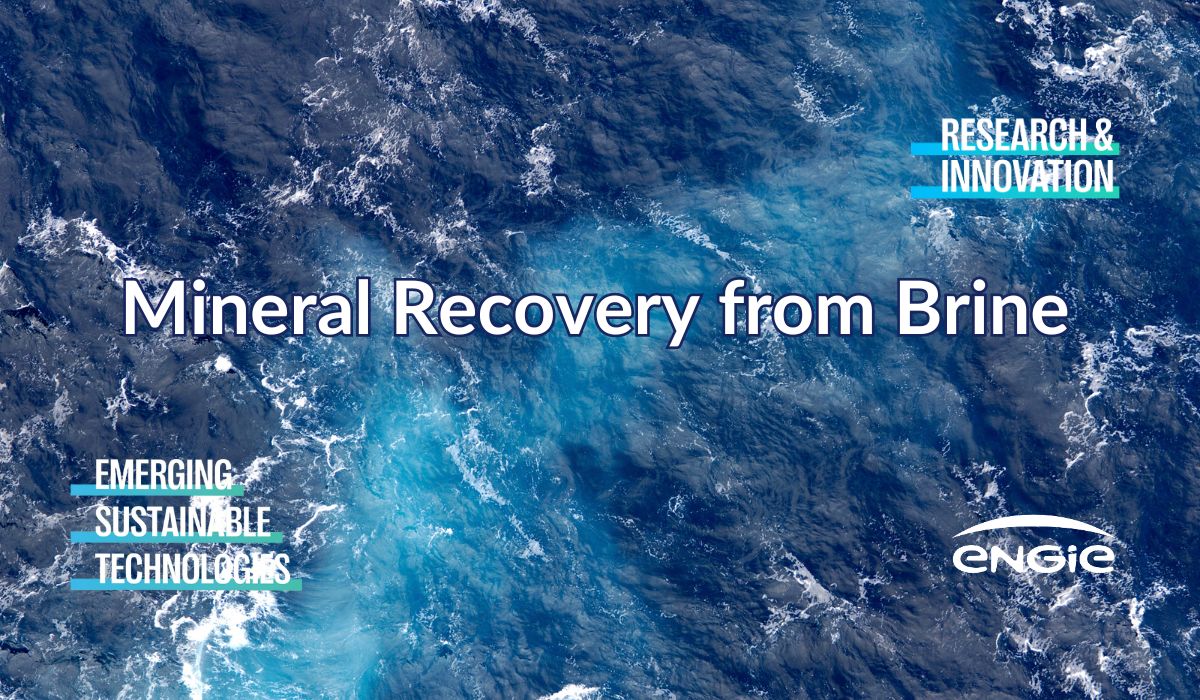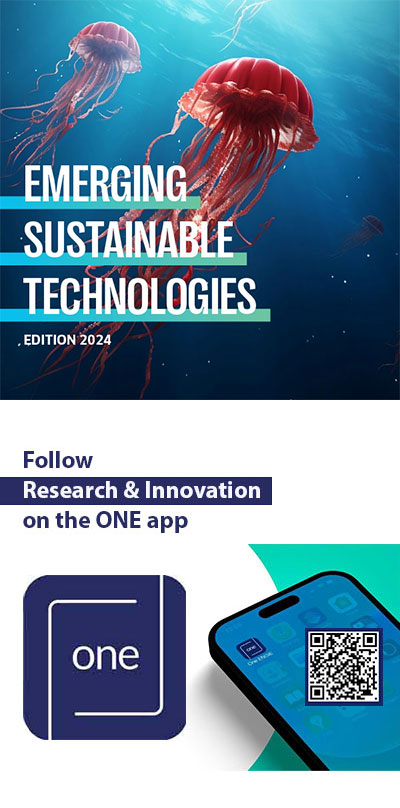Ocean as a resource
Reliable and unhindered access to certain raw materials is a growing concern within the EU and across the globe. The European Commission has created a list of Critical Raw Materials (CRMs) in the EU to produce renewable assets.
Why are Critical Raw Materials important?
- They are linked to all industries across all supply chain stages;
- Technological progress and quality of life rely on access to a growing number of raw materials;
- They are closely linked to clean technologies: they are irreplaceable in solar panels, wind turbines, electric vehicles, and energy efficient lighting.

Seawater offers a quasi-infinite source of minerals & metals with a constant but very diluted concentration.
The major components of seawater are chloride and sodium (≈86% of all dissolved salts), sulfates, magnesium, calcium, and potassium. The remaining salts are a mixture of over 40 elements, present in varying quantities.
Strontium, germanium, borates, lithium are part of the EU’s critical materials list and could be interesting for clean technologies production. For example, lithium and its compounds have several industrial applications, including heat resistant glass and ceramics, lithium grease lubricants, flux additives for iron, steel and aluminum production. Most notably, there is a growing trend in the use of lithium for batteries.
How to reduce the output from desalination processes towards utilization and resource recovery?
Desalination, an increasingly favored technological solution for securing freshwater supply, finds itself in the midst of various controversies. These controversies primarily revolve around its significant financial and energy costs, as well as the environmental issues related to the discharge of brine into the oceans, often criticized by environmental organizations.
In the face of these challenges, the reutilization of brine sparks optimism and questions alike. It’s essential to note that the technology is still relatively nascent, and its social impacts remain largely uncharted. Nevertheless, there are two aspects of the technology that receive praise from industry experts:
- By reducing brine discharge into the oceans, it helps mitigate its environmental consequences.
- By enhancing the cost-efficiency of desalination, it alleviates the financial burden on communities with fragile economies.
From seawater to fresh water and solid products with minimum waste.
The brines from desalination plants have two valuable resources:
• Concentrated salts can be used to produce minerals, metals, chemicals and CO2;
• Water can be partially separated to increase the recovery of the plant.

Mineral extraction from brine would support a more sustainable economy, reducing both drinking water production cost & the environmental impact generated by brine disposal
The more expensive a metal is, even if its concentration in seawater is low, the more its extraction may be economically feasible. In case of a crisis concerning certain materials, causing their price to go through the roof, brine mining could be a solution.
Highlight map of some pilot & demonstration projects
Read more and discover more innovative technologies, their advantages and their challenges
in ENGIE’s 2024 report on Sustainable Emerging Technologies:
Contributions and Acknowledgments:
- Marie Laure Thielens
- Daniel Baaklini
- Bart Ghysels
- Raphael Brière
- Julien Merlin
- Elodie du Fornel
- Elodie Le Cadre Loret
- Jan Mertens
- Jean-Pierre Keustermans
- Céline Denis
- Olivier Sala


